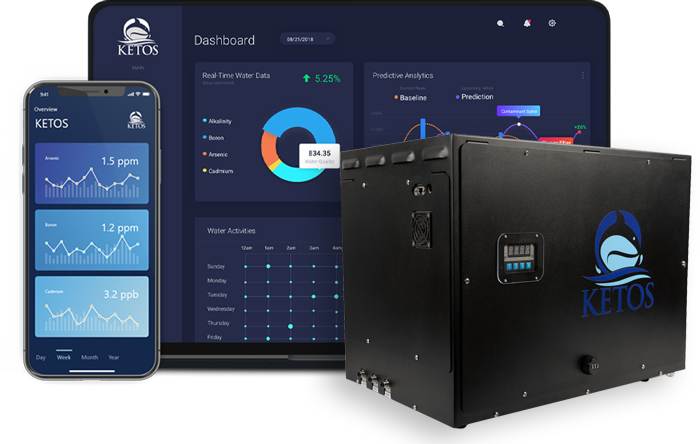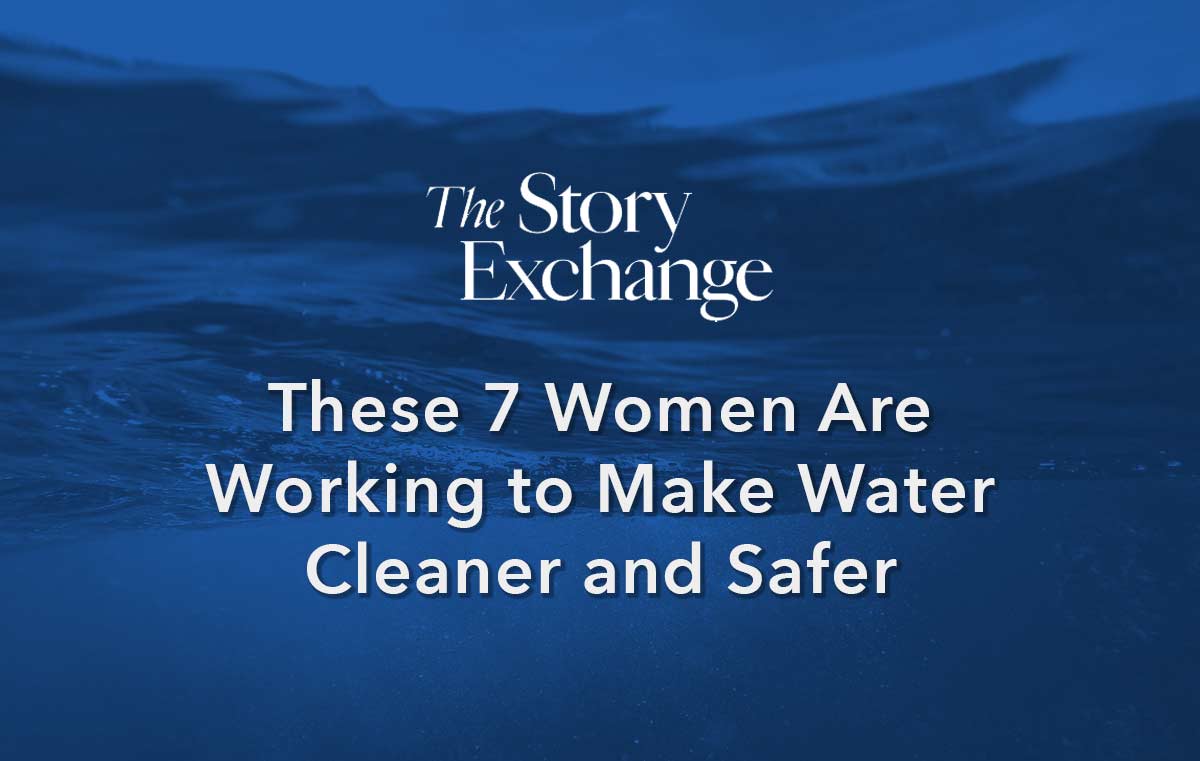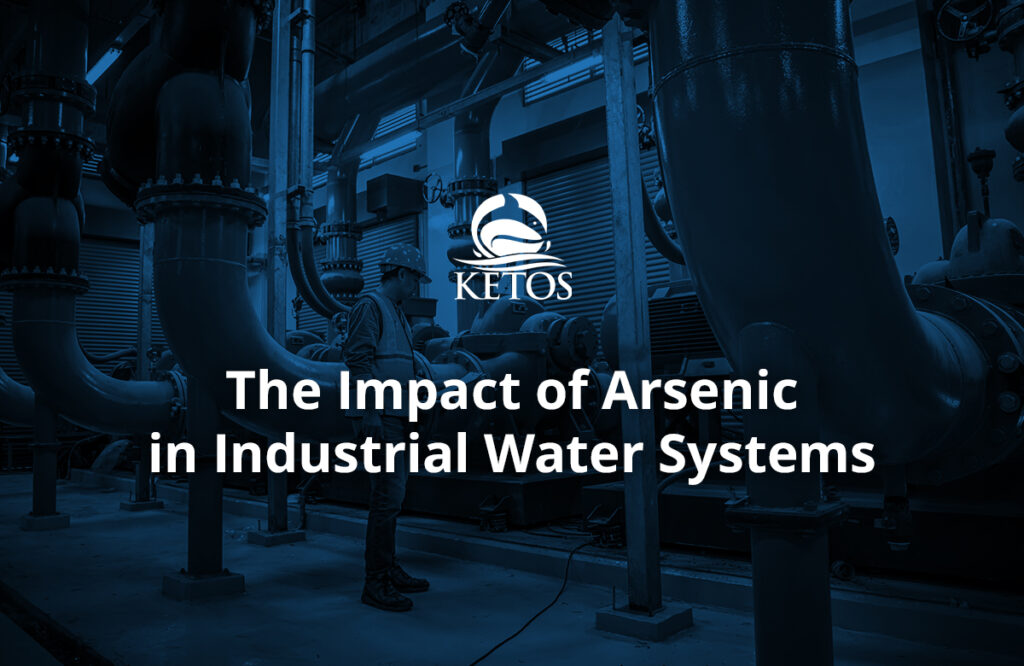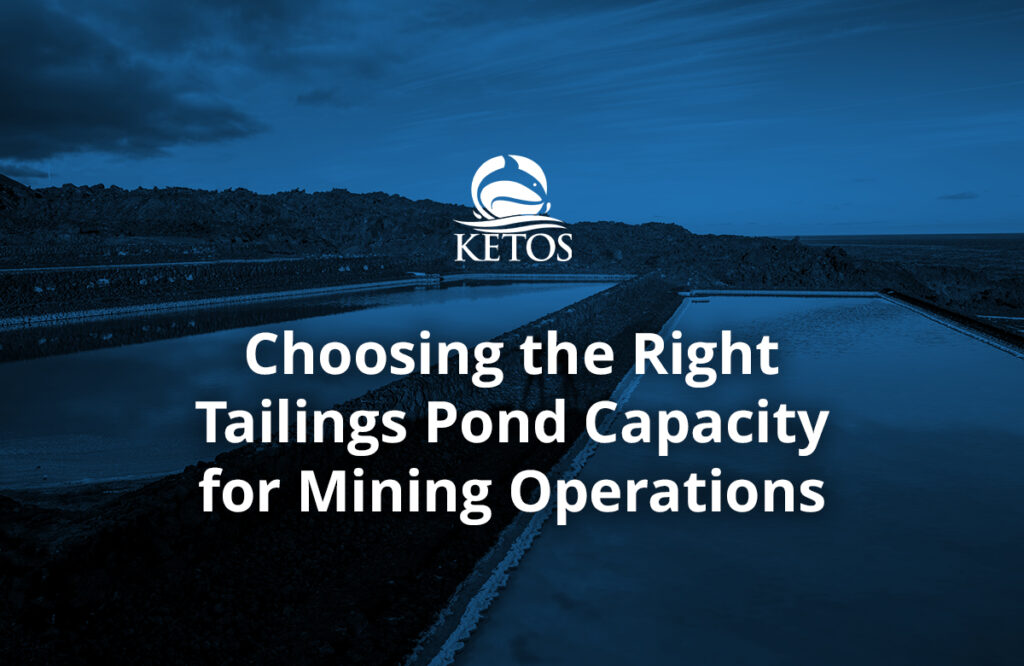To mark World Water Day, The Story Exchange gathered seven incredible women in the water industry to discuss their relationship with water.
Those featured include:
- Pratiksha Dongare (using solar to purify water)
- Cindy Hu (providing accessible water quality information to everyone)
- Brittany Kendrick (creating solar powered-devices to capture water from the air)
- Zhiying Li (developing a method to predict streamflow)
- Paige Peters (treating wastewater with patent-pending technology)
- Priyanka Sharma (bringing clean drinking water to off-grid areas)
- Meena Sankaran (KETOS founder and CEO, making water quality monitoring affordable for everyone)
KETOS: Born Out of Water Instability
In an era where the convenience of clean water flows effortlessly from our taps, it’s easy to forget that this precious resource is not a universal luxury. Meena Sankaran, CEO of KETOS, shares with The Story Exchange her mission to change that narrative and make clean, safe drinking water accessible to all. With a history deeply rooted in water-related concerns, Sankaran’s journey from India to the United States paved the way for her to become a driving force behind revolutionizing water quality monitoring and access.
Growing up in India, Meena experienced firsthand the significance of clean water. She recalls her mother’s meticulous efforts to ensure the safety of their water by boiling it multiple times a day. This early exposure to the critical importance of water hygiene left an indelible mark on Sankaran’s consciousness. After relocating to the U.S. in 2002 for her graduate studies, her determination to address water-related challenges grew.
Merging Water Sustainability With Technology
Meena’s path to becoming a water technology pioneer took an unexpected turn when she delved into big data management while working at a San Fransisco software startup. By 2013, armed with newfound expertise and an unyielding desire to make a meaningful impact, she set her sights on launching her own venture.
After contemplating several ideas, Sankaran’s heart led her to focus on the very essence of life: air, food, and water. The pivotal moment came during a life-altering experience in the Himalayas, where she found herself stranded for days after an earthquake, surviving on melted snow. The profound connection she felt with water during those trying times ignited her purpose: revolutionizing water monitoring and transforming how society perceives and values its water resources.
KETOS is Born
Founded in 2018, KETOS emerged as a beacon of innovation in the water industry. Its industry-leading technology provides real-time intelligence on water quality and usage, positioning itself as a vanguard against water crises.
KETOS’ platform disrupts the conventional approach to water quality monitoring and democratizes it, making it more accessible and affordable for communities and organizations. By offering actionable insights and data-driven solutions, KETOS empowers decision-makers to safeguard water resources and ensure clean drinking water for all.
Sankaran’s commitment to her mission underlays a stark reality: even today, millions of Americans get exposed to harmful contaminants in their drinking water. Her vision extends beyond the present, acknowledging that neglecting water preservation today jeopardizes the well-being of future generations.
Partnering For Success
The success of KETOS speaks volumes about Sankaran’s dedication and her team’s innovation. KETOS is rapidly shaping the water management landscape by collaborating with prominent entities such as the Southern Nevada Water Authority. The company’s technology serves as a guardian of water quality and a testament to the potential for tech-driven solutions to tackle global challenges.
Read more about Meena, and seven more extraordinary women in water, in The Story Exchange.
